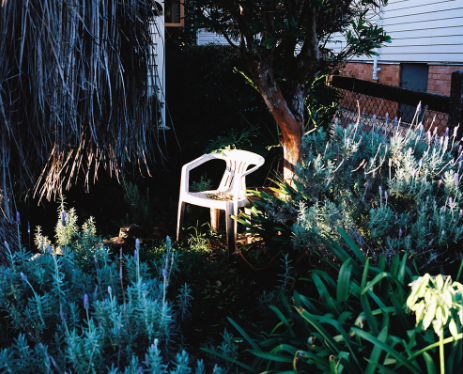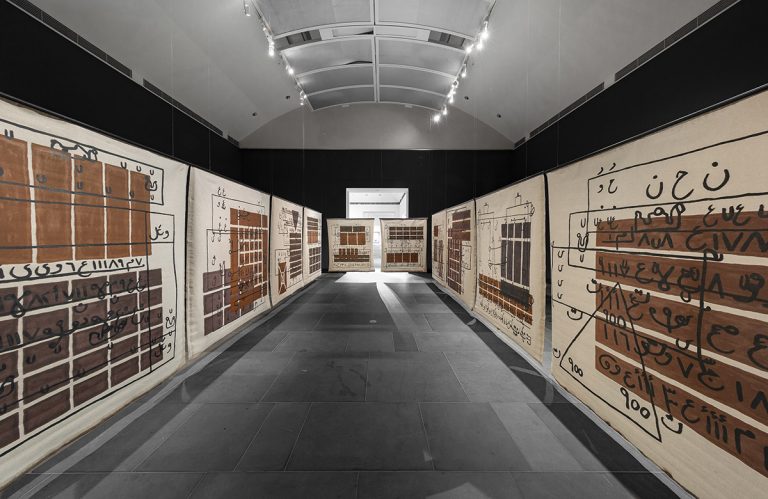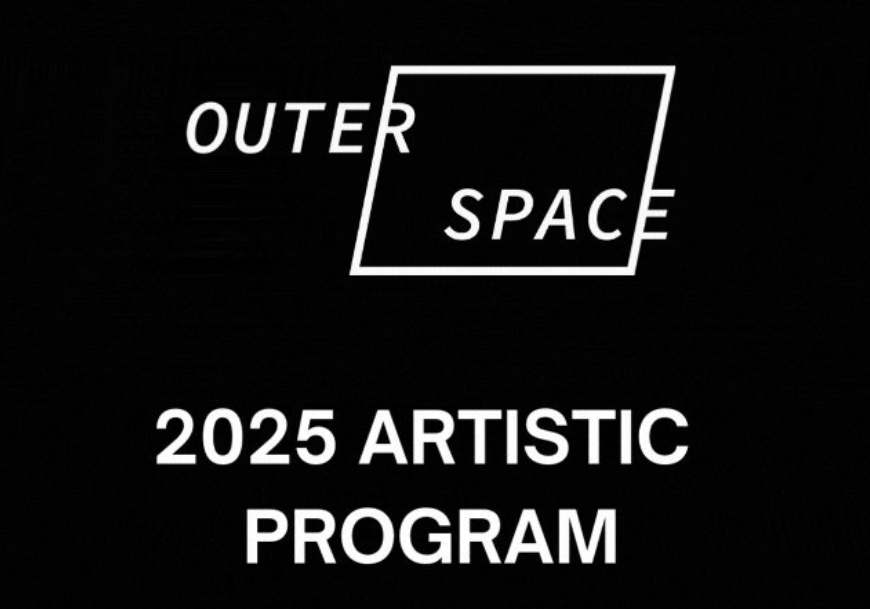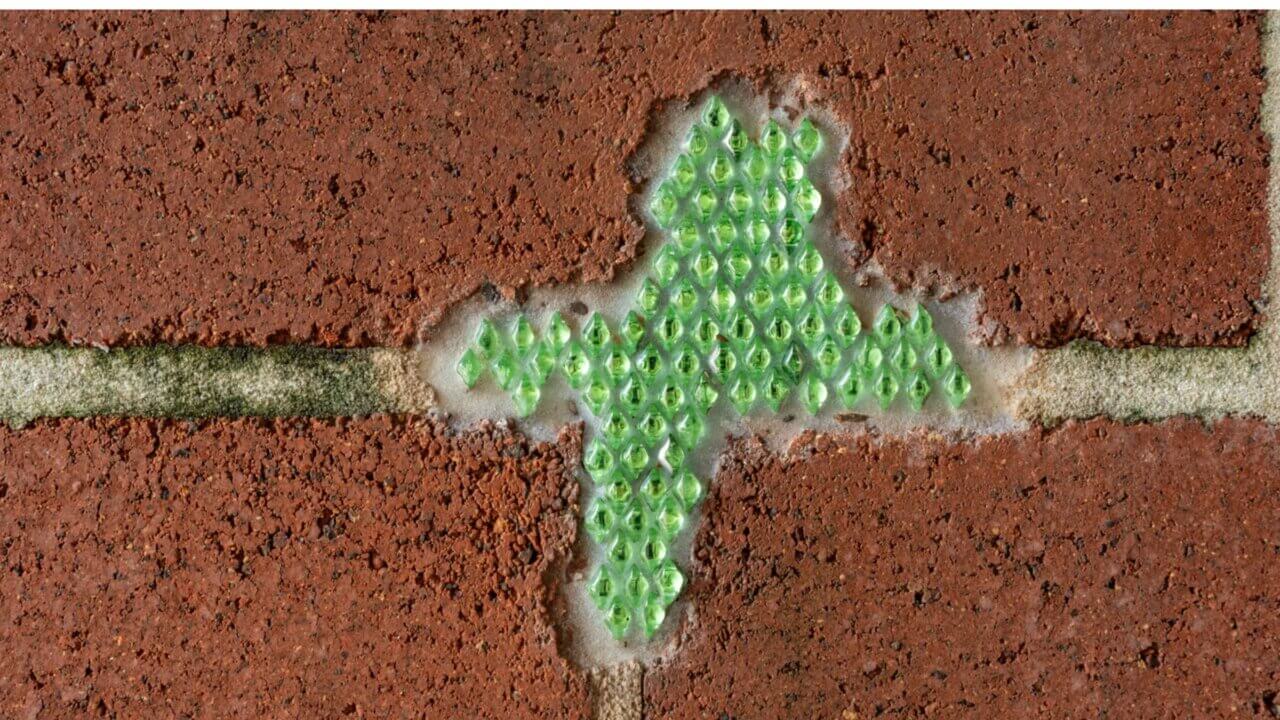
When you move away from a home, a place that feels so familiar, almost part of your identity, I knew everything, I had entered into it, I bore it within me, I made it live[1], it feels like you are finally able to see it clearly[2]. Somehow not being there or with the people there, or maybe it’s just the distance from all of it, it puts everything into perspective, you see it as a whole, separate from yourself, Peripheral vision integrates us with space, while focused vision pushes us out of the space, making us mere spectators[3]. It feels like you’ve resolved your relationship with it, you become more conscious of the site-specific version of yourself you were there; of your situational survival strategies, your self-policed behaviour or thoughts, Out on the edge you see all kinds of things you can’t see from the center[4] and you become more aware that you are no longer tethered to that idea of yourself. After seeing a place from afar, returning to it as a past-insider, now-outsider is more difficult, maybe because you are faced with a return to past selves, it’s comforting and suffocating, I was enveloped in it, I was a part of it. There was nothing to fear. It was all connected… I knew I was connected to this place[5].
Being an outsider in a new place, unable or unwilling to return home, you start to compare and contrast, you recognise the many similarities across places, the new people you meet seem like variations of the people you left behind, you feel like you already know them. The artificial reality of past spaces emerges in the new place, with varying levels of sophistication, rationalised, sanitised, renamed in the conspiracy of silence[6], forgotten, missing out on the chance of a wonderful sense of shared obscene solidarity[7] maybe it’s just you, What may have begun as a simple forgetting of other possible views turned under habit and over time into something like a cult of forgetfulness practised on a national scale[8]. In the constant forgetting and remembering and mixing up, it seems that the difference between the spaces becomes muddy, this reality survives by covering its tracks, by erasing its own history[9], like you are in an outer suburb of the place you left, that The past and the future are here with us now[10].
Documenting or witnessing requires going out of oneself, one’s certainties and preconceptions, to dare “move in” with the other whose existence and life would not even be visible if one stayed put in one’s well-worn routines[11]. You are no longer surrounded by reminders of the past versions of yourself, but you haven’t really changed. Although the artist’s perception may readily be admitted as unavoidably personal, the objectiveness of the reality of what is seen and represented remains unchallenged[12]. In many places, reality runs away; reality denies reality[13]. How do we acknowledge things if we can’t see them? Perception is inextricably bound to memory, so much so that a perception image that is not infused with memory images is impossible[14]. How do we perceive things we haven’t seen before? How do we identify the value of the things we can’t perceive? How do we see things we don’t understand? How do we experience things we don’t name for? Ancient languages didn’t have a word for blue[15]. In Homer’s The Odyssey, the sea is described as wine-dark. If we can’t see colours that we don’t have a name for, how do we know that we aren’t seeing red when we just don’t have a name for blue? Or that we have forgotten to remember the name of blue?
Prior to colonisation of the Darling Downs, the grass grew so tall that one man riding behind the other could only see his mate’s head and shoulders [16].
Written by Ruth McConchie
[1] Blanchot, M. quoted by Bachelard, G. in Taylor, M., & Preston, J. (2006).Intimus: Interior design theory reader. Hoboken, NJ;Chichester, England;: Wiley-Academy. p.23
[2] Conversation with Danielle Clej (2015) about her conversation with Israeli and Palestinian artists reflecting on their situation from another country.
[3] Pallasmaa, J. (2005). The eyes of the skin: Architecture and the senses. Chichester;Hoboken, NJ;: Wiley-Academy. p.13
[4] Vonnegut, K. (2006). Player piano. New York: Dial Press.p.67.
[5] Murakami, H. (1995) Dance, Dance, Dance. New York: Vintage Books
[6] Riethmuller, N. (2006). The Darling Downs Aborigines: 1787-2004 : Genocide and survival. Toowoomba, Qld: Neil Riethmuller.
[7] Žižek, S.(2015) Slavoj Žižek: Political Correctness is a More Dangerous Form of Totalitarianism. Retrieved from http://bigthink.com/videos/slavoj-zizek-political-correctness-is-fake
[8] W.E.H. Stanner’s 1968 Boyer Lecture “Great Australian Silence” quoted by Pearson, N., 1965. (2015). The war of the worlds. Collingwood, Victoria: Black Inc. Books. p.10
[9] Desmond, M., & Emirbayer, M. (2009). What is Racial Domination? Du Bois Review: Social Science Research on Race, 6(2), 335-355. doi:10.1017/S1742058X09990166.
[10] Jodorowsky, A. in Aitken, D. & Daniel, N. (2006). Broken screen: 26 conversations with Doug Aitken : Expanding the image, breaking the narrative. New York: Distributed Art Publishers. p.182
[11] Bal, M. in Ahtila, E. Bal, M., Galleria Heino, & Marian Goodman Gallery. (2011). Eija-liisa ahtila: Marian ilmestys = the annunciation. Helsinki: Crystal Eye. p.74
[12] Minh-ha, T.T. in Stallabrass, J. (2013). Documentary. Cambridge, Massachusetts;London : Whitechapel Gallery;: The MIT Press. p.70
[13] Franju, G. quoted by Minh-ha, T.T. in Stallabrass, J. (2013). Documentary. Cambridge, Massachusetts;London : Whitechapel Gallery;: The MIT Press. p.74.
[14] Bergson, H. quoted by Bal, M. in Ahtila, E. Bal, M., Galleria Heino, & Marian Goodman Gallery. (2011).Eija-liisa ahtila: Marian ilmestys = the annunciation. Helsinki: Crystal Eye.p.80
[15] Loria, K. (2015). No one could see the colour blue until modern times. Retrieved fromhttp://www.businessinsider.com.au/what-is-blue-and-how-do-we-see-color-2015-2
[16] Riethmuller, N. (2006). The Darling Downs Aborigines: 1787-2004 : Genocide and survival. Toowoomba, Qld: Neil Riethmuller. p. 8
Essay from the exhibition ‘Woomb’ by Sean Kenny (May,2016)
Courtesy of Fake estate ARI









